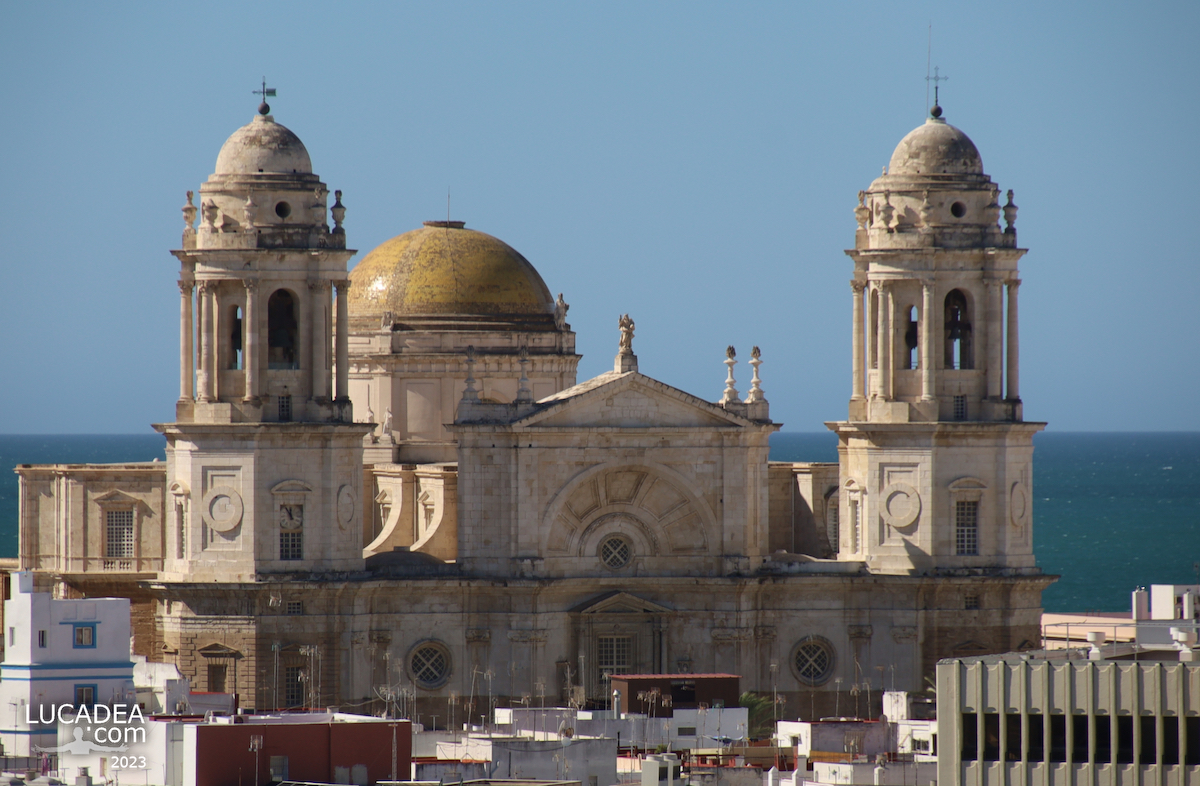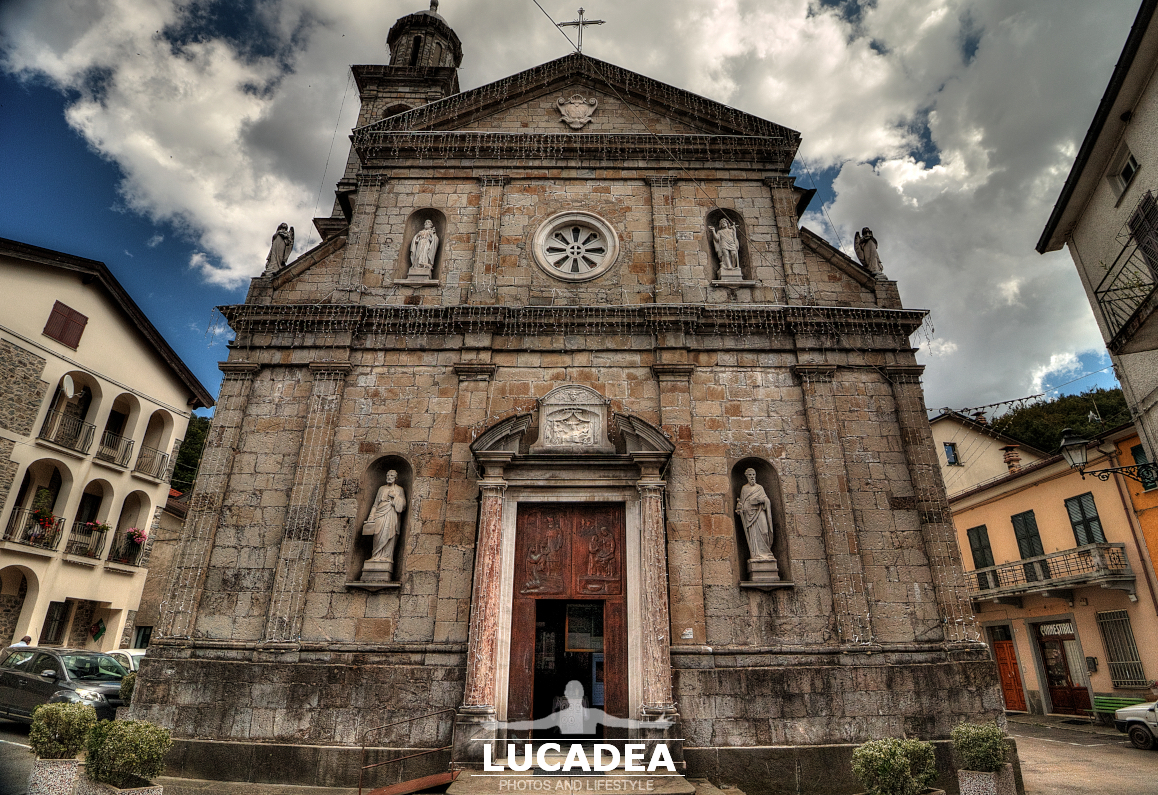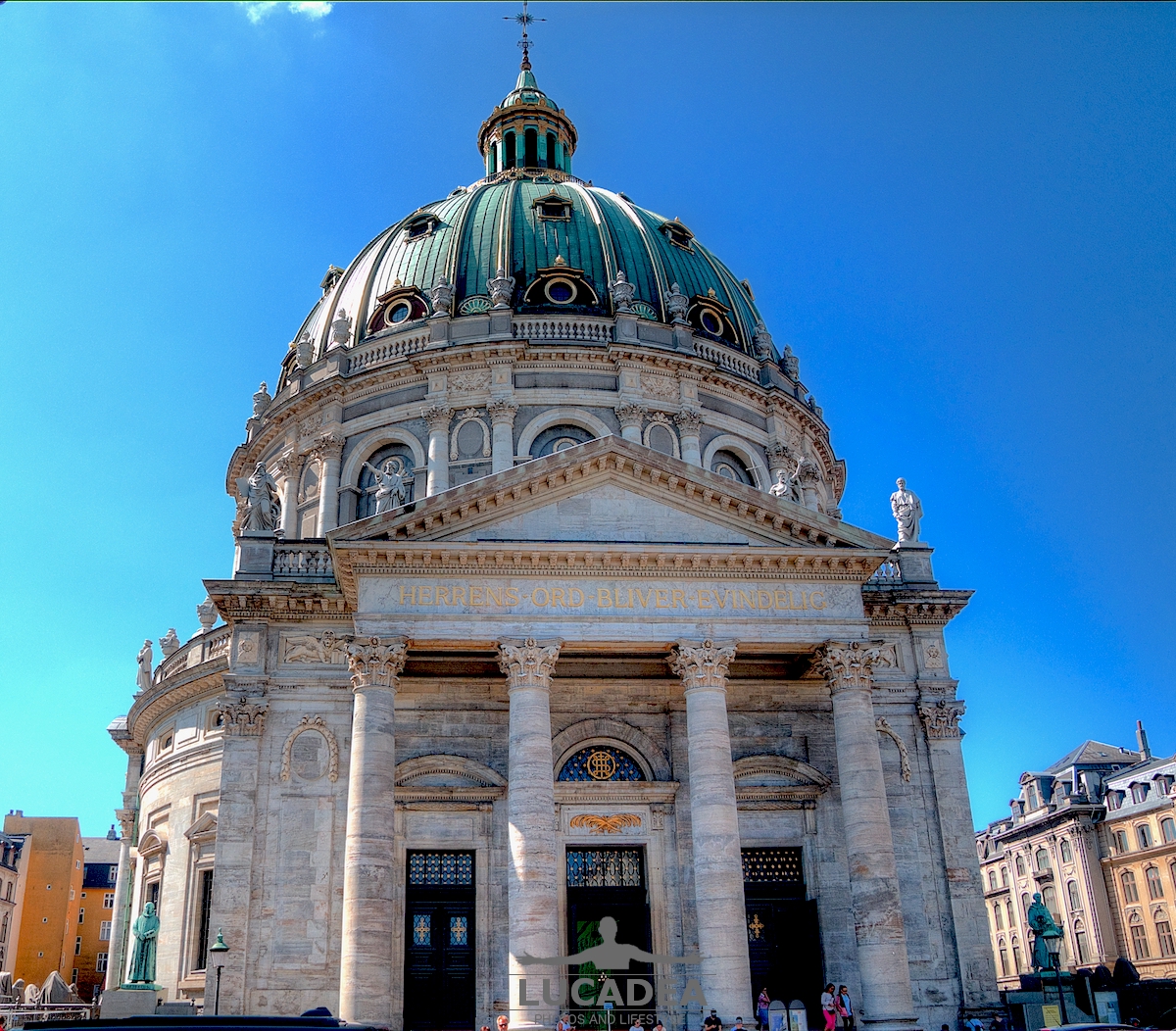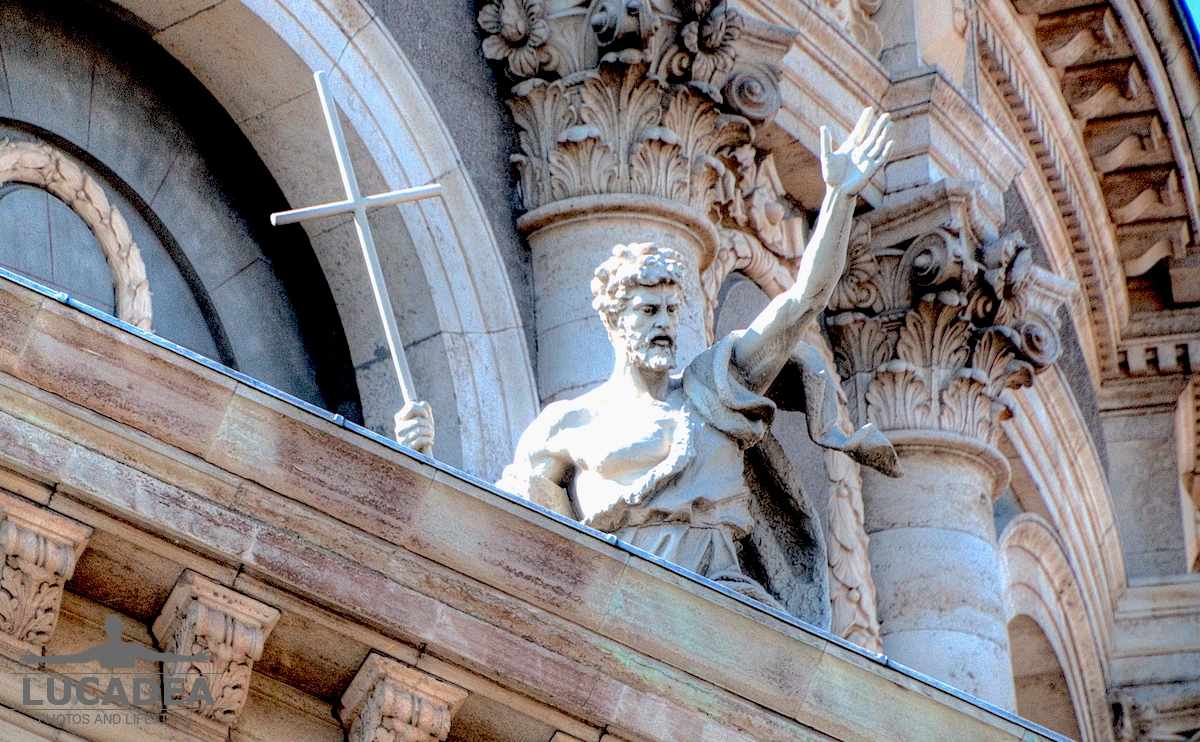The lion statue in the Fountain of the Four Rivers.
In the beating heart of Rome, Piazza Navona is one of the most iconic and fascinating places in the eternal city. At the center of this baroque square stands the magnificent Fountain of the Four Rivers, one of the most famous works by the master Gian Lorenzo Bernini. Among the many figures that adorn this fountain, the lion is an element that particularly captures the attention of visitors, symbolizing strength and majesty in an artistic context of extraordinary beauty.
Built between 1648 and 1651 on commission by Pope Innocent X, the Fountain of the Four Rivers is a masterpiece of baroque art. The fountain represents the four great rivers of the four continents known at the time: the Nile for Africa, the Ganges for Asia, the Danube for Europe and the Rio de la Plata for the Americas. Each river is personified by a colossal statue that expresses the characteristics of its respective continent.
The lion, located next to the representation of the Nile River, is a figure that embodies power and royalty. Depicted while drinking from the waters of the fountain, the lion symbolizes the life that springs from water, an essential element for human and animal existence. The choice of the lion is not accidental: in Christian symbolism and iconography of the time, the lion also represents resurrection and spiritual strength.
Bernini's lion is sculpted with meticulous attention to detail, which enhances its majesty and vividness. The powerful paws, the flowing mane and the intense expression of the face make this sculpture a perfect example of Bernini's mastery in transforming marble into life. The posture of the lion, captured in the act of drinking, adds a sense of movement and realism that helps make the entire fountain a dynamic and fascinating work.
The lion of the Fontana dei Fiumi has a significant cultural impact, representing not only a decorative element but also a powerful symbol that evokes the grandeur and richness of nature. Its presence in Piazza Navona, a meeting and celebration place for Romans and tourists, underlines the importance of art as a means of communicating universal values and enriching the collective experience of urban space.
The lion of the Fountain of the Rivers is an eloquent testimony to the artistic genius of Gian Lorenzo Bernini and his ability to breathe life into marble. This symbol of strength and majesty, placed in one of the most fascinating contexts of Rome, continues to fascinate and inspire visitors from all over the world. The Fountain of the Rivers, with its imposing lion, remains one of the undisputed masterpieces of Roman Baroque, a place where art and history merge in an eternal dance of beauty and meaning.
Do you know Rome and its monuments?
Add your own comment or go to the bottom of the site to read what other visitors have written.
Photo taken with Canon EOS RP and lens Canon RF 24-50.
Click here to see all the photos of Rome:

Here's where the fountain is located:
a lion on the eastern side that emerges, like the horse, from the cavity in the rocks to drink at the foot of an African palm tree (made by Giobatta Palombo in 1650) that rises up to the base of the obelisk
Continue and learn more on Wikipedia
The lion statue in the Fountain of the Four Rivers in the square called Navona in Rome – La statue du lion dans la Fontaine des Quatre Fleuves sur la place Navona à Rome – La estatua del león en la Fuente de los Cuatro Ríos en la plaza llamada Navona en Roma – A estátua do leão na Fonte dos Quatro Rios, na praça chamada Navona, em Roma – Die Löwenstatue im Vierströmebrunnen auf dem Platz namens Navona in Rom – Tượng sư tử tại Đài phun nước Bốn con sông ở quảng trường Navona ở Rome
The text of the post was written with the help of ChatGPT, a language model from OpenAI.


















